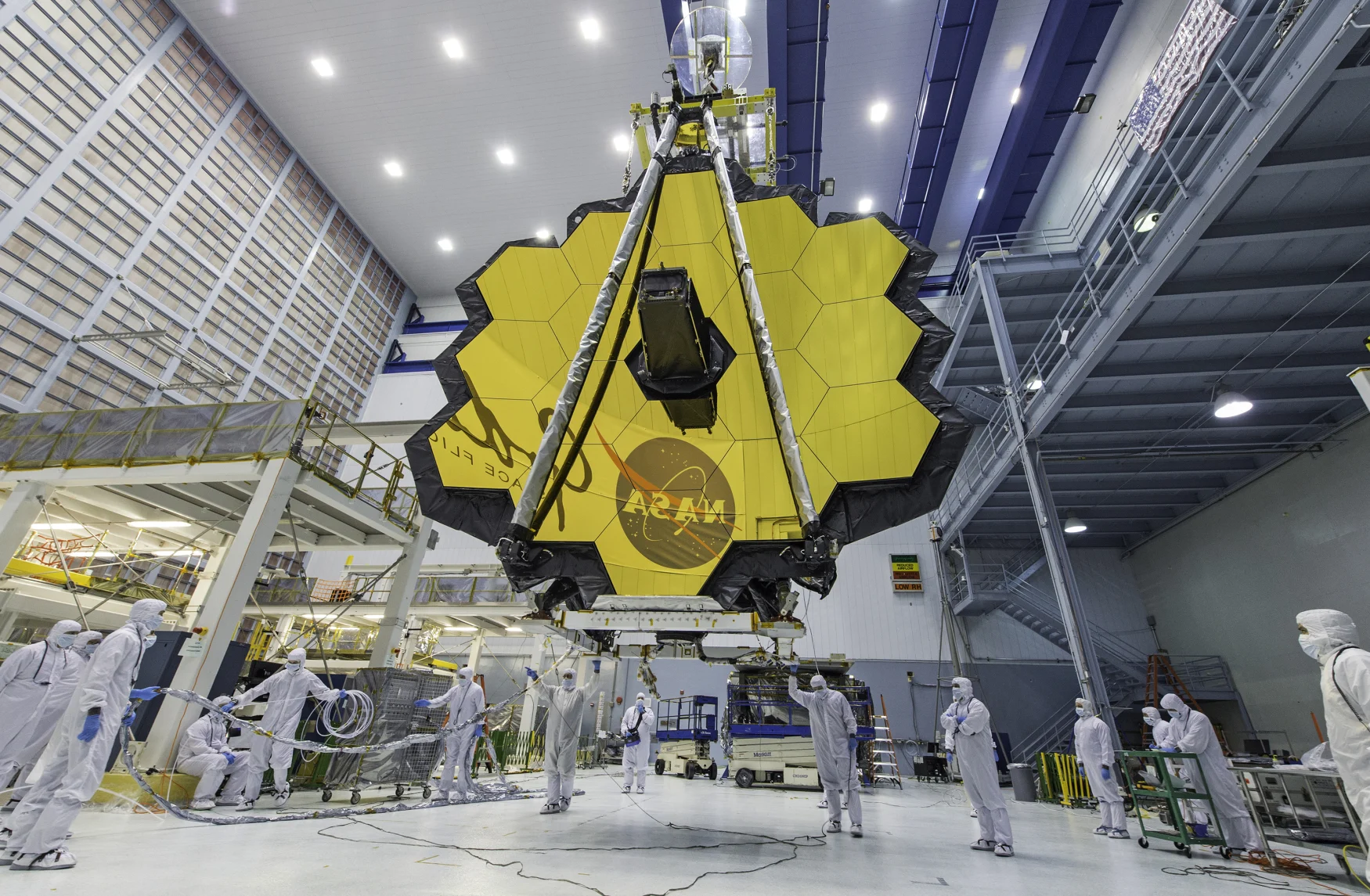Astronomers confirm Maisie’s galaxy is one of the oldest observed
Astronomers have used advanced instruments to calculate a more accurate age of Maisie’s galaxy, discovered by the James Webb Space Telescope (JWST) in June 2022. Although the star system isn’t quite as old as initially estimated, it’s still one of the oldest recorded, from 390 million years after the Big Bang — making it about 13.4 billion years old. That’s a mere 70 million years younger than JADES-GS-z13-0, the (current) oldest-known system.
A team led by the University of Texas at Austin astronomer Steven Finkelstein discovered the system last summer. (The name “Maisie’s galaxy” is an ode to his daughter because they spotted it on her birthday.) The group initially estimated that it was only 290 million years after the Big Bang, but analyzing the galaxy with more advanced equipment revealed it’s about 100 million years older than that. “The exciting thing about Maisie’s galaxy is that it was one of the first distant galaxies identified by JWST, and of that set, it’s the first to actually be spectroscopically confirmed,” said Finkelstein.
The spectroscopic confirmation came courtesy of the JWST’s Near InfraRed Spectrograph (NIRSpec) conducted by the Cosmic Evolution Early Release Science Survey (CEERS). The NIRSpec “splits an object’s light into many different narrow frequencies to more accurately identify its chemical makeup, heat output, intrinsic brightness and relative motion.” Redshift — the movement of light towards longer (redder) wavelengths to indicate motion away from the observer — held the key to more accurate dating than the original photometry-based estimate. The advanced tools assigned a redshift of z=11.4 to Maisie’s galaxy, helping the researchers settle on the revised estimate of 390 million years after the Big Bang.

The astronomers also examined CEERS-93316, a galaxy initially estimated at 235 million years pre-Big Bang — which would have made it astonishingly old. After studying this system, it revealed a redshift of z=4.9, which places it at a mere one billion years after the Big Bang. The first faulty estimate about CEERS-93316 was understandable: The galaxy emitted an unusual amount of light in narrow frequency bands associated with oxygen and hydrogen, making it appear bluer than it was.

Subscribe to the Engadget Deals Newsletter
Great deals on consumer electronics delivered straight to your inbox, curated by Engadget’s editorial team. See latest

Please enter a valid email address
Please select a newsletter
By subscribing, you are agreeing to Engadget’s Terms and Privacy Policy.
Finkelstein chalks up the miss to bad luck. “This was a kind of weird case,” he said. “Of the many tens of high redshift candidates that have been observed spectroscopically, this is the only instance of the true redshift being much less than our initial guess.” Finkelstein added, “It would have been really challenging to explain how the universe could create such a massive galaxy so soon. So, I think this was probably always the most likely outcome, because it was so extreme, so bright, at such an apparent high redshift.”
The CEERS team is now evaluating about 10 more systems that could be older than Maisie’s galaxy.
